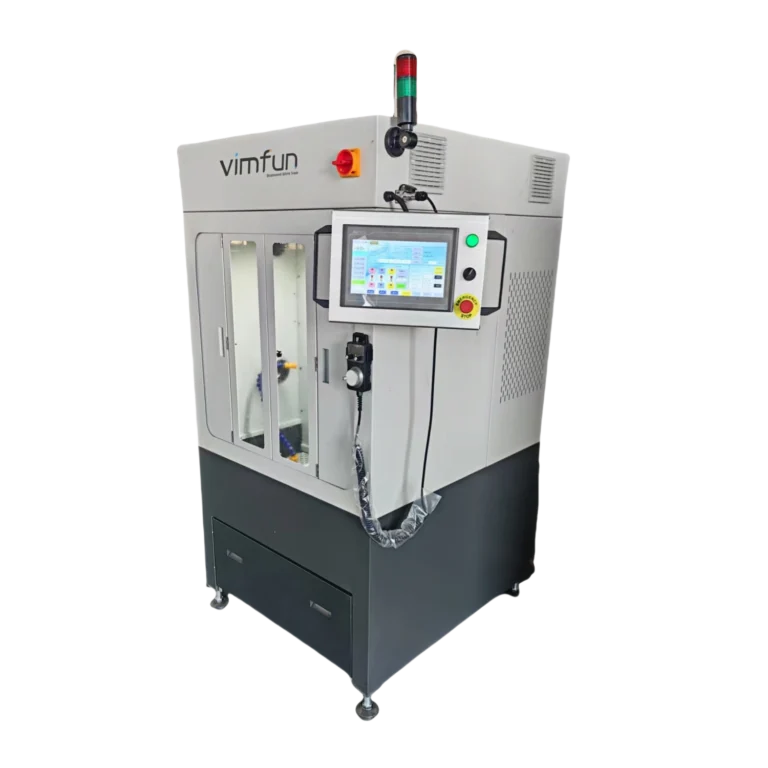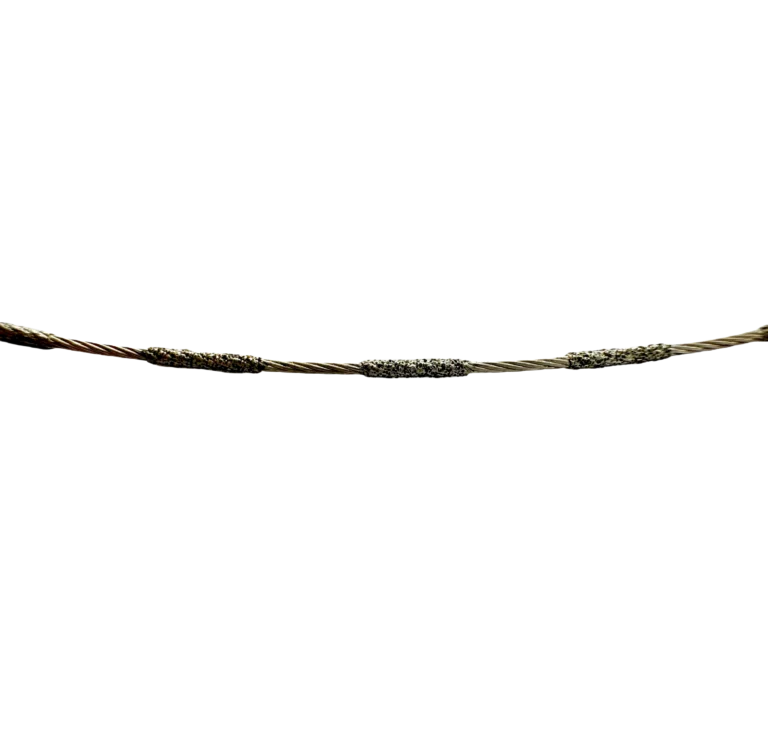Einführung
Das Schneiden optischer Linsen erfordert außergewöhnliche Präzision, insbesondere angesichts der Fortschritte in der Linsentechnologie in Bereichen wie Bildgebung, Kommunikation und medizinische Geräte. Eine häufige Herausforderung bei diesem Prozess ist die Absplitterung - kleine Brüche oder Abplatzungen an den Kanten oder Oberflächen der Linsen. Die Abplatzungen verringern nicht nur die Produktausbeute, sondern beeinträchtigen auch die optische Leistung des Endprodukts. Dieser Artikel befasst sich mit effektiven Methoden zur Minimierung von Abplatzungen beim Schneiden optischer Linsen, wobei der Schwerpunkt auf den Vorteilen des Einsatzes von Diamantseilsägen gegenüber herkömmlichen Methoden liegt.

Präzision Herausforderungen in Schneiden optischer Linsen
Optische Linsen werden in der Regel aus spröden Materialien wie Glas, Quarz oder bestimmten Kristallen hergestellt. Beim Schneiden können mechanische Spannungen, Werkzeugvibrationen oder unsachgemäße Kühlung Mikrorisse oder Späne entlang der Schnittkanten verursachen. Diese Unvollkommenheiten sind besonders problematisch bei hochpräzisen Anwendungen wie Kameraobjektiven oder Glasfaseranschlüssen, bei denen Oberflächenqualität und strukturelle Integrität entscheidend sind.
Vorteile des Diamantseilsägens
Diamantseilsägen bieten ein kraftarmes, hochpräzises Schneidverfahren, das sich besonders für spröde optische Materialien eignet. Im Vergleich zu herkömmlichen Schneidmethoden wie Sägeblattschneiden oder Laserschneiden bieten Diamantseilsägen:
- Geringere Schnittbelastung: Der dünne Durchmesser des Drahtes reduziert die Kontaktkraft und die Wärmeentwicklung und minimiert das Risiko von Mikrofrakturen.
- Glattere Kanten: Die abrasive Diamantbeschichtung erzeugt feinere, gleichmäßigere Schnitte, die die Nachbearbeitungszeit reduzieren.
- Schmalere Kerbenbreite: Mit Schnittbreiten von nur 0,4 mm wird der Materialverlust minimiert und gleichzeitig eine hohe Genauigkeit gewährleistet.
Schlüsseltechniken zur Minimierung von Chipping
Um das Risiko von Ausbrüchen bei der Verwendung von Diamantseilsägen weiter zu verringern, sollten die Hersteller auf mehrere wichtige betriebliche Faktoren achten:
- Richtige Drahtspannung: Eine konstante Drahtspannung gewährleistet eine gleichmäßige Schnittbewegung und verhindert plötzliche Rucke, die zu Rissen führen könnten.
- Optimierte Vorschubgeschwindigkeit: Eine langsamere, kontrollierte Vorschubgeschwindigkeit ermöglicht es dem Draht, sanft in das Material einzugreifen und mechanische Stöße zu reduzieren.
- Kühlung und Schmierung: Die kontinuierliche Kühlung verhindert nicht nur thermischen Stress, sondern spült auch Ablagerungen weg, die die Linsenoberfläche zerkratzen oder beschädigen könnten.
- Materialauflage und Einspannung: Die ordnungsgemäße Befestigung des Linsenmaterials trägt dazu bei, Vibrationen zu dämpfen und eine Verformung beim Schneiden zu vermeiden.
Vergleich mit traditionellen Schneideverfahren
Herkömmliche Schneidverfahren wie das Sägen mit einem Sägeblatt sind oft mit größerer mechanischer Belastung und breiteren Schnittfugen verbunden, was zu einer höheren Wahrscheinlichkeit von Kantenausbrüchen führt. Im Gegensatz dazu bieten Diamantseilsägen einen feineren Schnittprozess, insbesondere bei empfindlichen Materialien. Dies macht sie zur bevorzugten Wahl für Branchen, in denen optische Klarheit und minimale Oberflächenbeschädigung wichtig sind.
Abschluss
Die Minimierung von Ausbrüchen beim Schneiden optischer Linsen ist entscheidend für die Gewährleistung einer hohen Produktqualität und die Reduzierung von Ausschuss. Die Diamantseilsägetechnik verbessert bei optimierten Parametern und richtiger Handhabung die Schnittqualität und den Ertrag erheblich.



